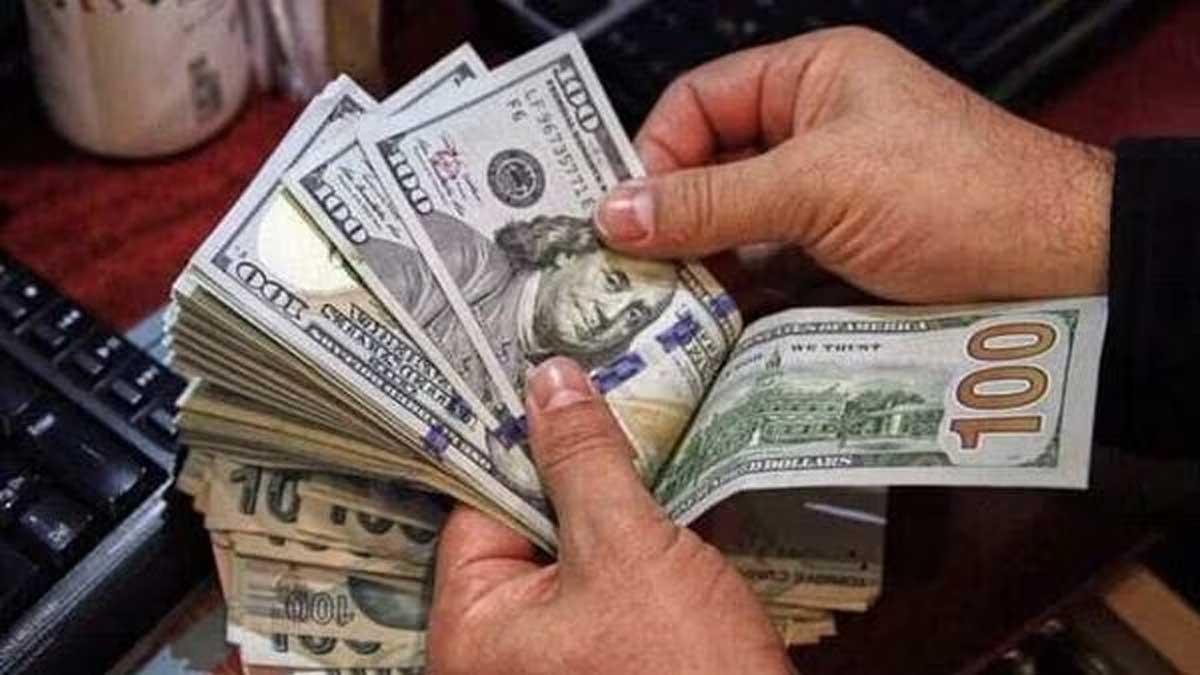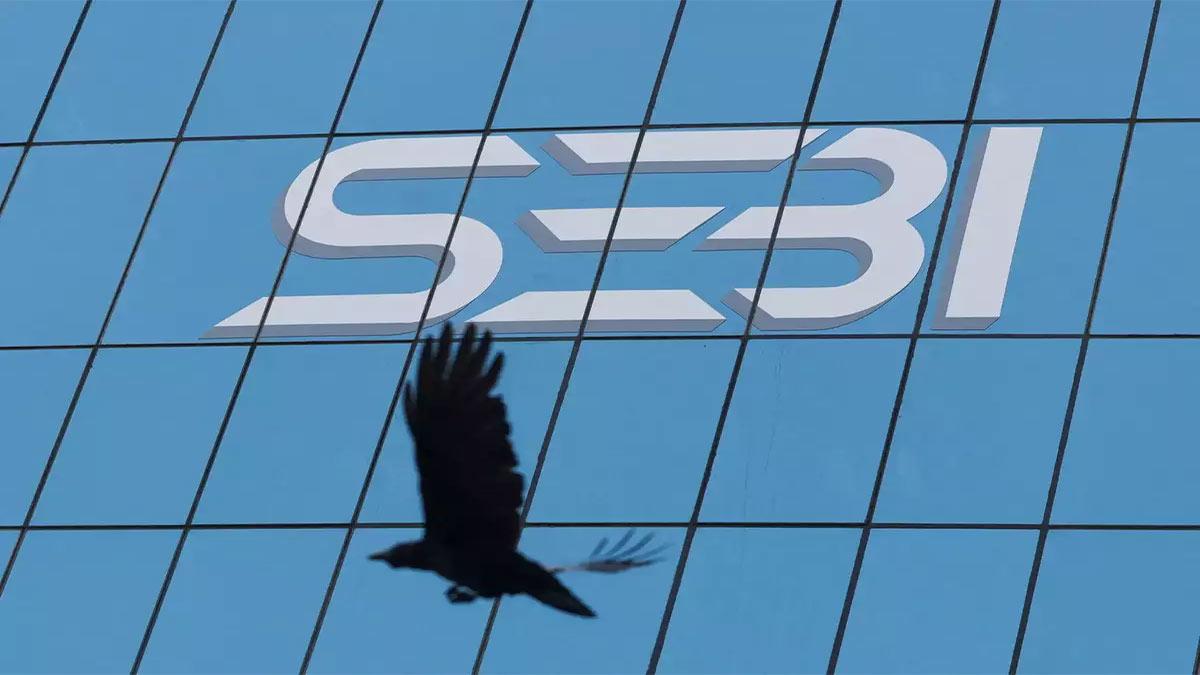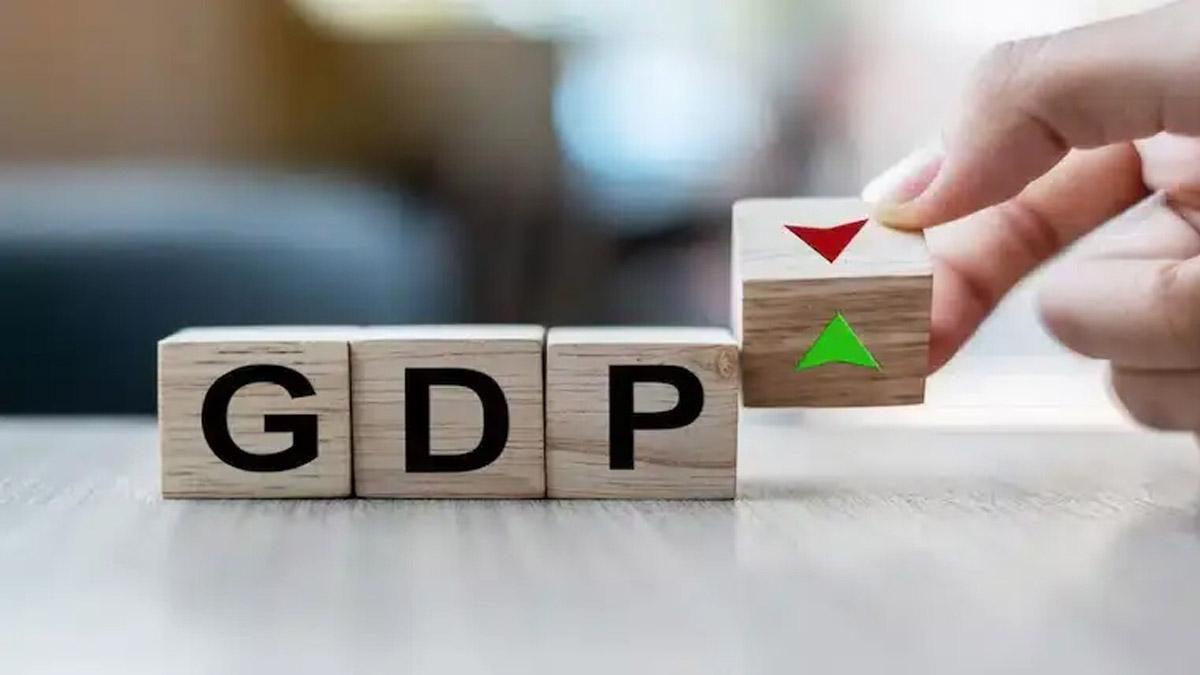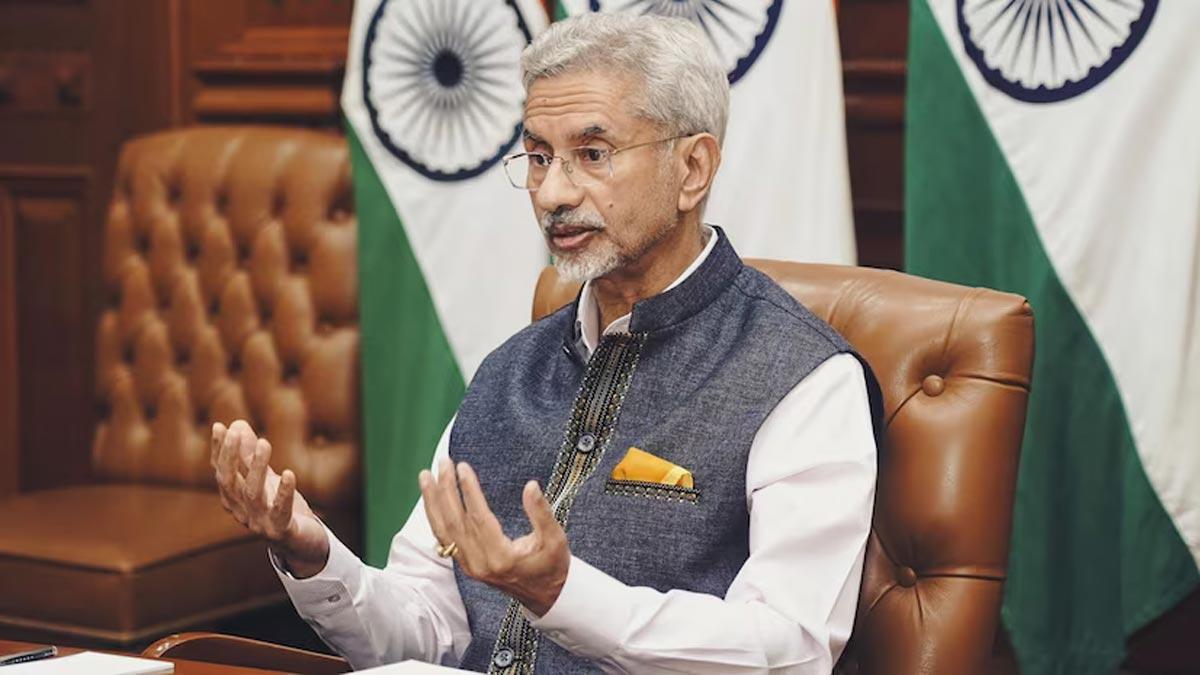India's foreign exchange reserves experienced a significant surge, adding $2.98 billion in the week ending April 5, reaching a new historic peak of $648.562 billion, as per data unveiled by the Reserve Bank of India (RBI) on Friday.
This marks the seventh consecutive week witnessing a notable increase in the overall reserves. In the previous week ending March 29, the forex reserves had escalated by $2.95 billion, following a cumulative rise of $26.5 billion over the preceding five weeks.
Among the components constituting the forex kitty held by the RBI, gold reserves witnessed a substantial spike, climbing by $2.398 billion to reach $54.558 billion in the latest week, while foreign currency assets saw an uptick of $549 million.
Furthermore, the Special Drawing Rights (SDRs) saw a modest increase of $24 million, reaching $18.17 billion.
RBI Governor Shaktikanta Das underscored the record-breaking foreign exchange reserves as a testament to the robustness of the Indian economy. "Our primary objective is to fortify a robust safety net, a substantial reservoir in the form of extensive forex reserves, which will serve us well during challenging times or significant market fluctuations," Das stated during the unveiling of the initial monetary policy review for the ongoing financial year, commencing from April 1.
The escalating foreign exchange reserves serve as a positive indicator for the economy, reflecting a healthy supply of dollars that bolsters the rupee. The increase in reserves provides the RBI with greater maneuverability to stabilize the rupee during periods of volatility, with interventions in both spot and forward currency markets by releasing additional dollars to prevent any drastic depreciation of the rupee.
Conversely, a decline in the forex reserves constrains the RBI's ability to intervene effectively in the market to support the rupee.
Notably, India's forex reserves, inclusive of the central bank's forward holdings, are now adequate to cover over 11 months of imports, representing a two-year peak.
Governor Das also highlighted the relative stability of the Indian rupee compared to its counterparts in emerging markets and certain advanced economies during the 2023-24 period. "The modest depreciation of the Indian rupee by 1.4 percent against the US dollar in 2023-24 was comparatively lower than the depreciation witnessed by other emerging market currencies such as the Chinese yuan, Thailand baht, Indonesian rupiah, Vietnamese dong, Malaysian ringgit, as well as select advanced economy currencies like the Japanese yen, Korean won, and New Zealand dollar," he noted.
Read also | India's Fintech Sector Surges with Impressive 59% Growth in Q1 2024
Read also | Vodafone Idea Unveils Rs 18,000-cr FPO: Mark Your Calendars for April 18


















